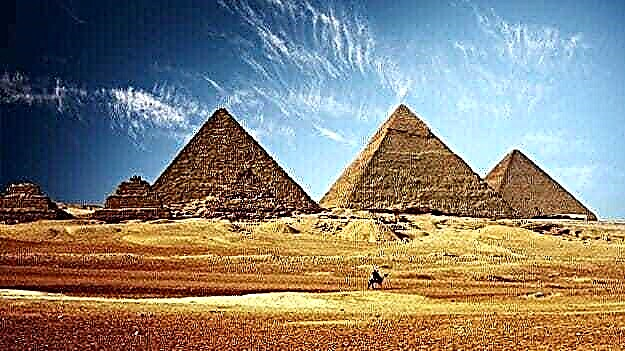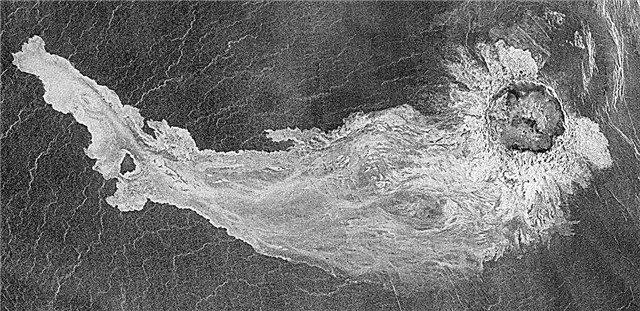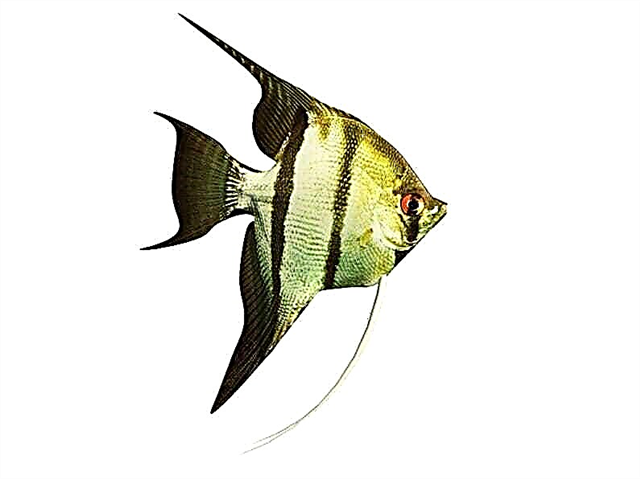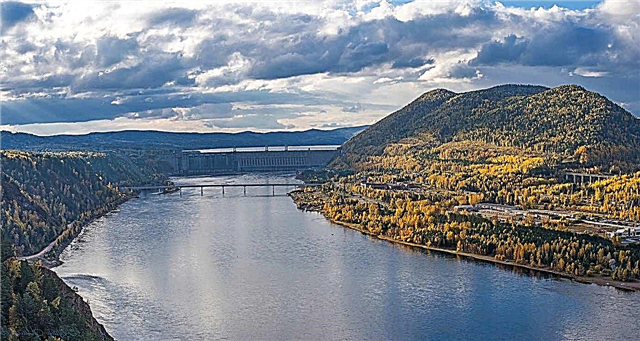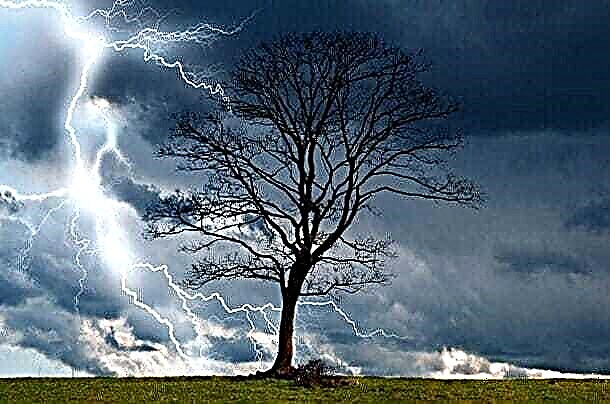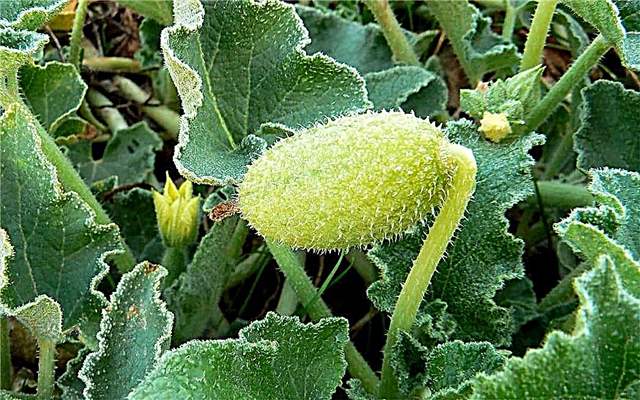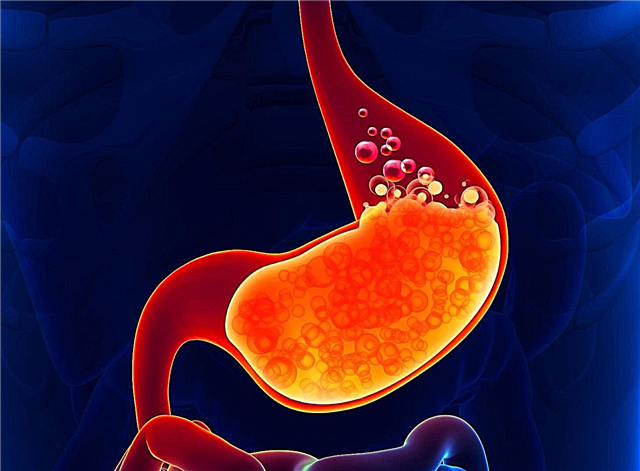
Titan is the largest satellite of Saturn. It turns out that it has a lot in common with the Earth.
The probe found that under a thick layer of clouds on Titan, geological processes similar to Earth occur. There are also rivers flowing into the seas. The liquid evaporates to form clouds. Precipitation falls out of them. In addition to the Earth, Titan is the second body in the solar system, where the fluid cycle occurs. However, this liquid is not water, but hydrocarbons. Due to the low temperature, water is constantly in the solid state, and hydrocarbons in the liquid state.
Scientists argue that many of the details of the relief of Titan are formed under the influence of the same processes as on Earth. It’s difficult to watch Titan: it has a dense atmosphere of methane and nitrogen. For modern optical instruments, it is opaque.
Planetologists working in the jet propulsion laboratory at the National American Space Agency have used infrared spectrometry to study the surface of the Titan. They analyzed the data obtained by the Cassini interplanetary station. The station just has the equipment to probe the surface of a celestial body. After analyzing the information, it was possible to map the surface of the Titan satellite.
Between 2004 - 2017, the interplanetary station made a total of more than 120 flights around the satellite. Optical survey data was used.The research results were published in the scientific journal Nature Astronomy. Scientists have discovered on it:
- plains;
- lakes;
- elevated areas;
- dunes;
- craters;
- areas with fragments of tectonic fault;
- labyrinths (or river channels).

Amazingly, scientists were able to completely photograph the entire surface of the satellite.
Interestingly, the equator has the most hills and labyrinths, and in the middle latitudes - plains. Mountains are located on only 14 percent of the territory. But there are more than 20 large craters formed after a collision with a celestial body.
Perhaps there are more of them, however, due to the intensive processes of erosion, they were smoothed. At the poles there are many methane seas and lakes.
The map will help scientists in further studying the structure and features of this unusually interesting satellite. The experience of compiling a map of Saturn’s satellite is useful because scientists can also make a description of the surface of asteroids. The results of the research can be used to study the solar system, the nature of asteroids and other objects.
It is possible that Titanium may be promising for colonization. Such an opinion in 2017 was expressed by American scientists D. Timmer, A. Hendricks. They believe that a person can survive on this satellite thanks to clothing that retains heat and an oxygen mask. However, this is still on the verge of fiction.


